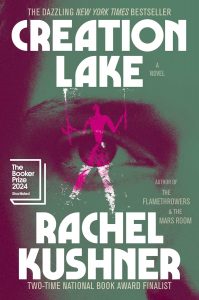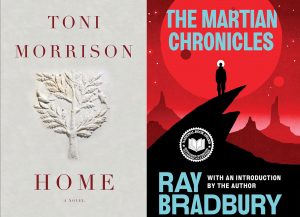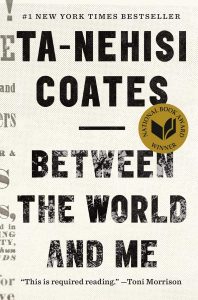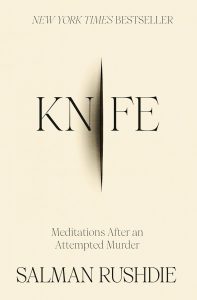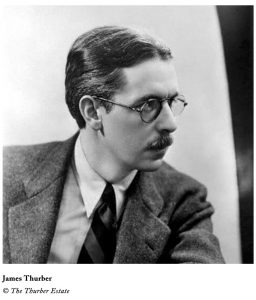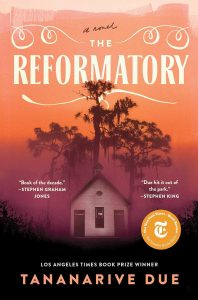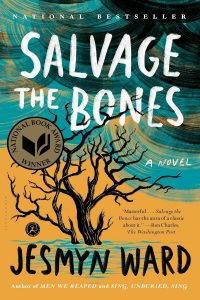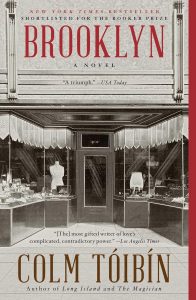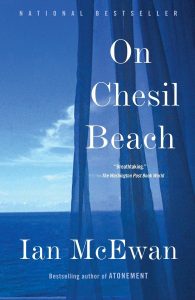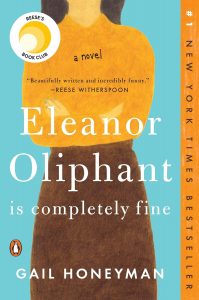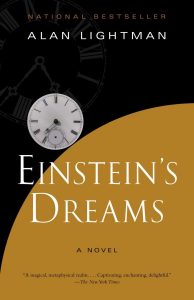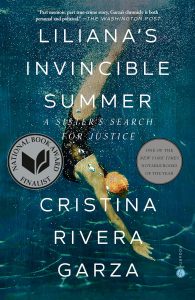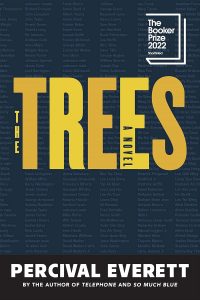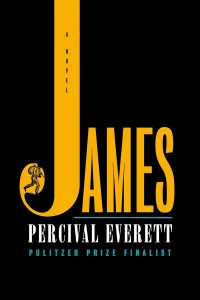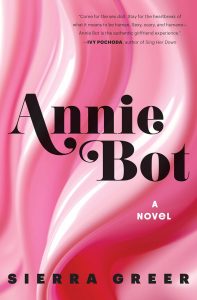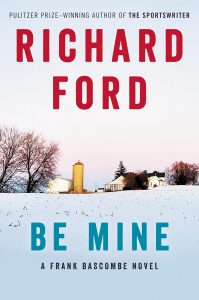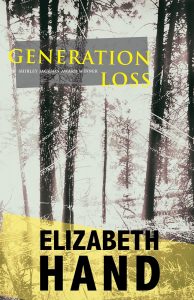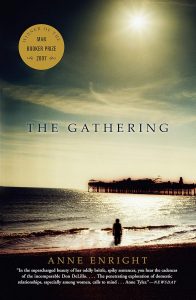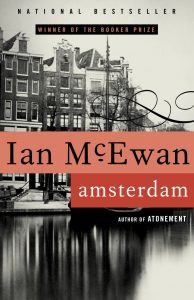(Disappointed by several recent tomes, I am indulging in short, tasty reads).
“Fat City” is a boxing story – some say the best ever written – but it also is a tale of Skid Row, where the fight to make it through the day takes a greater toll on its denizens than a beating received in the ring.
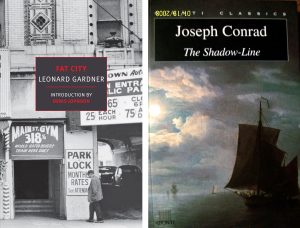
Set in the late 1950s in Stockton, Calif., then a city of itinerant laborers and Mexican fieldworkers, “Fat City” follows the fates of two boxers, Billy Tully, a fry cook who almost made it to the big time and now dreams of a comeback, and Ernie Munger, a teenager who mans the pumps in a gas station.
The story is dark, but vividly so, meaning that the shadows these strivers cast are sharp and solid, palpable even. Their struggle, to make money, to find some serenity amid the chaos of their lives, to play the hand bad fortune dealt to them, is universally relevant. For example, Ernie thinks one night while next to his sleeping wife: “At times as he lay in bed listening to her breathing, a fear came over him that after marriage death was the next major event.”
Highly recommended.
***
One of Conrad’s later novels, “The Shadow-Line” follows a young man elevated to the position of ship’s captain for the first time. The title refers to the passage such new authority demands: “… one perceives ahead a shadow-line warning one that the region of early youth, too, must be left behind.”
The adventure (and misadventure) takes place in colonial times along the Malay Peninsula and in the waters of the Gulf of Thailand, just as sailing ships are giving way to steamers. The young master, who is never named, replaces an aged captain who dies of rampant self-indulgence and, as a spectral presence, fools with the fate of the ship and its crew.
I am no Conrad expert, having read but a couple of his books, and those years ago, so I can’t say if the language in “The Shadow-Line” is typical of him, but it certainly is enjoyable, laden with strong adjectives and vivid descriptions that, despite their formality, made me yearn for just such precision in many current books that seem to have gone directly from first draft to print. Oh, well.
A very satisfying read.

